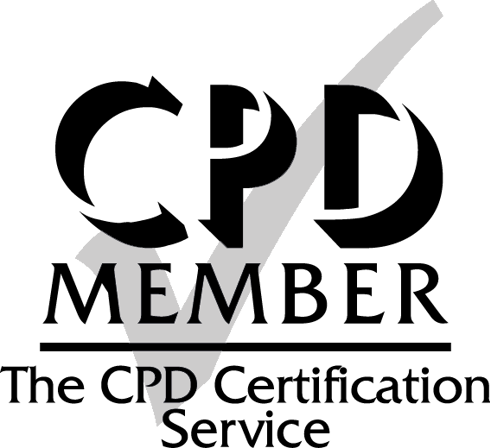Background and Purpose: Accurate evaluation of brain CT is vital for acute ischemic stroke diagnosis, and the electronic Alberta Stroke Program Early CT Score (E-ASPECTS) aids in identifying candidates for thrombolysis. This study assesses emergency physicians' (EPs) performance in evaluating ASPECTS scores with and without E-ASPECTS and compares their results with neuroradiologists.
Methods: The study involved 116 patients. Two EPs and two neuroradiologists first evaluated nonenhanced CT images without E-ASPECTS, then re-evaluated after 30 days using E-ASPECTS. Sensitivity, specificity, Matthew's correlation coefficients (MCC), and receiver operating characteristic curves were calculated for comparison before and after software use.
Results: EPs' performance improved with E-ASPECTS, bringing their results closer to those of neuroradiologists. Initial MCC values for the EPs were –0.01 and 0.04, respectively. After using E-ASPECTS, their MCC values increased to 0.38 and 0.43, respectively, more aligned with the neuroradiologists’ scores of 0.53 and 0.39.
Conclusion: This is the first study to compare EPs' and neuroradiologists' performance before and after using E-ASPECTS. E-ASPECTS significantly improved EPs' evaluation of acute ischemic stroke images. AI in the emergency room could increase the number of patients receiving tissue-type plasminogen activators.












